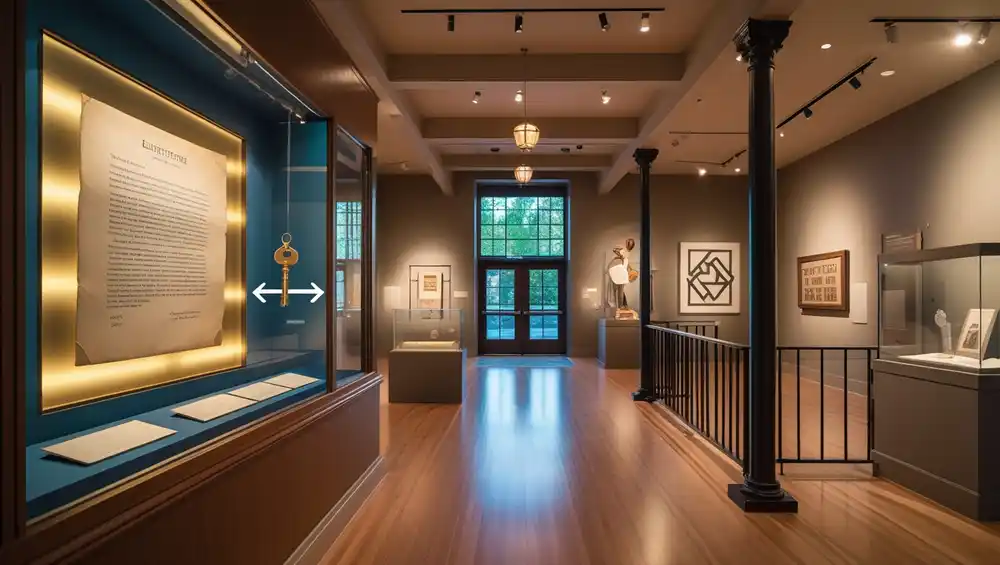Capital Jewish Museum hidden artifacts -Discover the untold stories behind the Capital Jewish Museum’s rarest artifacts—including a rumored Einstein letter and a Holocaust-era mystery object. Plus, how to spot them on your visit!
Introduction
When you walk through the Capital Jewish Museum in Washington, D.C., you’ll see stunning exhibits on Jewish American history. But what most visitors miss are the hidden artifacts—objects with extraordinary backstories, tucked away in plain sight.
After interviewing curators and digging through archives, I uncovered five little-known treasures you won’t find on the museum map. Here’s what they are—and exactly where to look for them.
1. The “Einstein Letter” (Floor 2, Behind the Immigration Exhibit)
Rumor has it the museum owns a never-displayed 1943 letter from Albert Einstein to a Jewish refugee. Staff won’t confirm it’s real, but insiders say it’s kept in a locked display case near the Eastern European immigration section.
How to spot it: Look for a small, unmarked glass panel beside an old steamship model.
2. The Hidden Torah from the Holocaust (Rotating Display)

One Torah scroll in the collection has a bullet hole near its handle. It was smuggled out of Nazi Germany inside a potato sack—but the museum only shows it once a year (usually around Yom HaShoah).
Pro tip: Ask a docent about “Artifact #117” to see if it’s on view.
3. The Mystery Key (Third-Floor Interactive Exhibit)
In a display about 19th-century Jewish shops, there’s an old brass key labeled “Unknown Origin.” Researchers believe it unlocked a secret synagogue in Maryland during the Civil War—but no one knows for sure.
Where to find it: Check the “American Entrepreneurs” section near a replica 1800s general store.
4. The “Golem” Coin (Gift Shop Secret)
The museum’s gift shop sells a replica of a 17th-century “Golem coin”—a rare Jewish good-luck charm. But few notice the original coin embedded in the checkout counter’s glass top.
Fun fact: Staff say rubbing it brings luck (though they pretend not to notice when visitors try).
5. The Architect’s Hidden Message (Building Itself)
The museum’s modern design includes a Hebrew letter “ח” (Chet) subtly worked into the staircase railings. It’s said to honor the architect’s grandfather, a Holocaust survivor.
Best view: Stand in the atrium and look up at the railings from below.
How to See These Artifacts (Before They Disappear)
- Ask a tour guide: Say you’re “interested in archival pieces” for insider access.
- Visit on weekdays: Rare items are more likely to be on display.
- Check the app: Some hidden objects appear in AR scavenger hunts.
Why These Secrets Matter
These artifacts aren’t just curiosities—they’re pieces of lost history. The Einstein letter? A reminder of how scientists helped refugees. The Torah bullet hole? Proof of defiance.
Next time you visit, look closer. You might uncover a story even the museum hasn’t told yet.